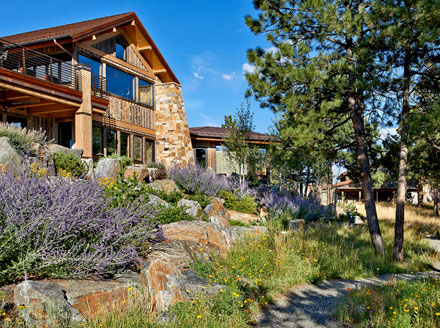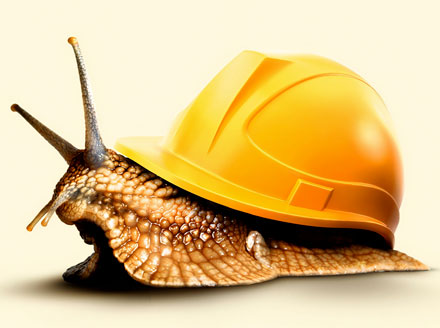Share This Post:
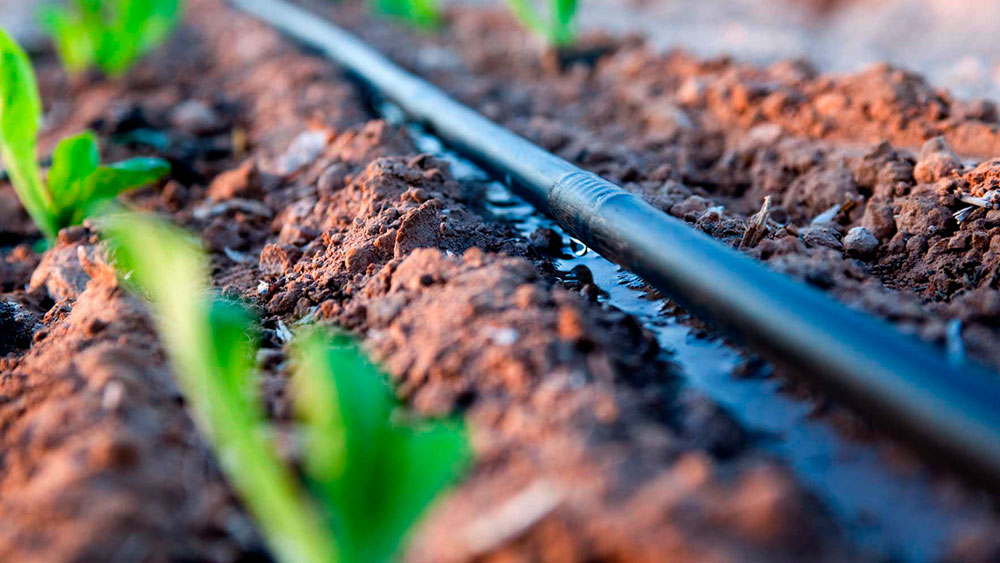
Image Credit: Agri-Expo
Irrigating Your Xeriscape
Irrigating Your Xeriscape
This is post 3 of 7 in the series Xeriscaping Isn't Just For The Desert
This is post 3 of 7 in the series
Xeriscaping For Any Climate
LANDSCAPING | Carolyn Feinstein | June 08, 2020
LANDSCAPING | Carolyn Feinstein
June 08, 2020
The point of xeriscaping is to create a landscape that uses little to no water other than that provided by nature. So of course the third principle of xeriscaping is efficient irrigation. I am going to run through the different types of irrigation approaches out there, the plants best suited for each of them, as well as point out various inefficiencies of certain irrigation systems. Whichever system suits your xeriscape the best, make sure to plan it out in detail before you begin construction.
In the planning stages, creating separate zones for differing irrigation requirements will be helpful in making the most out of your system. For instance, turf should always be a separate zone from trees and other plantings. Your trees will need more water than your grass, whereas your grass will need more water than your native plantings. Track the water requirements for all of the elements you would like to plant, and ensure the zones of your automated system allow for the separation of these zones. (We'll get into how to group these plants for moisture, light, and wind requirements in the next article about Plant Zones.)
Regardless of the system you choose, be sure to follow these general guidelines to make the most of the water you are using:
- Water deeply and infrequently: This encourages roots to grow deeper into the ground
- 7:00 PM to 9:00 AM: This is your optimal time for watering to minimize evaporation
- Water low: Avoid throwing water high into the air or creating a fine mist to minimize evaporation
- Rain sensor: Automatically shut off systems when nature has already provided a good rain
Now, in terms of figuring out which way(s) you would like to water your new landscaping, here are the options:
- Hand Watering
- Sprinklers
- Traditional Drip Irrigation
- Grid Drip Irrigation
- Soil Grading
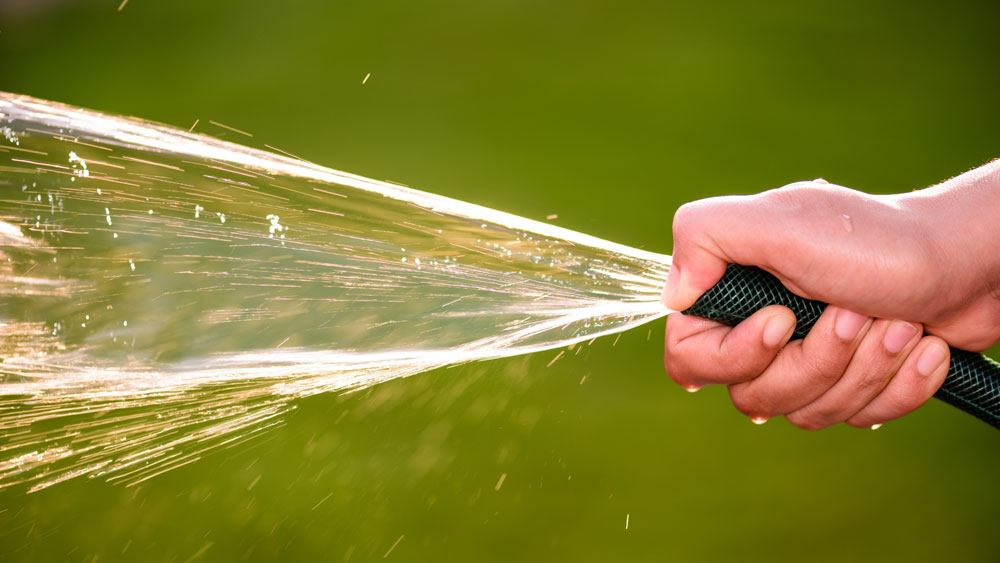
Image Credit: Creative Common License
Hand Watering
The easiest, the simplest, and the virtually fool-proof irrigation technique is hand watering. You grab the hose, and meditate to the sound of the falling water. When is this approach good? If you have a seriously drought-tolerant xeriscape and a bunch of extra time, perhaps hand watering is a good option. Be aware that the hose nozzle is going to lead to a loss of water from evaporation due to the fine spray and high arch. So although this is the most cost-effective approach in terms of upfront costs, it is not preferred due to water loss. I would not rely on hand watering as your main irrigation source for your entire landscape.

Image Credit: SF Gate
Sprinklers
Xeric plants do not like sprinklers! Let me say that in another way ... water the roots, not the foliage. Sprinklers throw large amounts of water from the top down, like a rainstorm, often multiple times per week. Grass loves these conditions, so this may be an appropriate solution for the turf areas of your landscape, but xeric plants naturally look to slowly absorb water from the ground. Here is where zoning your system is important. Perhaps you have a turf area that would benefit from sprinklers (although they are also guilty of water loss due to evaporation), and other areas that would be happier with a drip system.
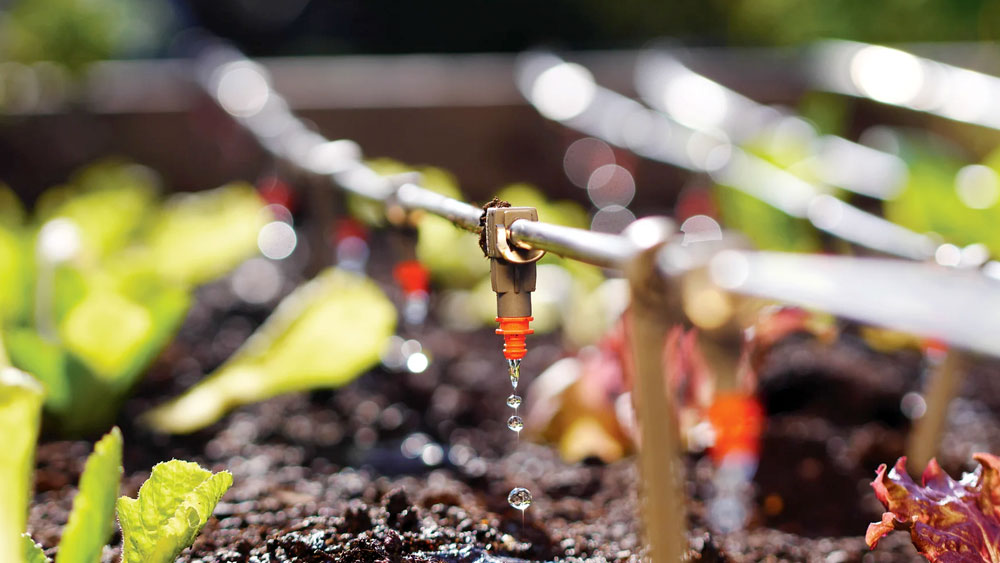
Image Credit: Mark Jolles
Traditional Drip Irrigation
I am huge fan of drip irrigation. It's efficient, low-cost to maintain, and I don't have to chase leaks and broken heads like a pop-up sprinkler system. A traditional drip system provides water to specific plants through a slow drip over a long period of time. It is a great way to water deeply, and thus infrequently, encouraging strong roots that grow deep. This is what your xeric plants want! It avoids overhead water (like sprinklers) and since the water is going straight into the ground, it minimizes evaporation. These systems are best planned in conjunction with plant placement. The drip irrigation is placed dependent upon what it is intended to water, so if you move or add a plant, you will most likely need to amend the system.
Grid Drip Irrigation
This is exactly what it sounds like. Take a traditional drip system, but make a grid. Simple, but a more updated approach. Rather than focusing the watering on individual plants, the aim of the grid drip is to evenly distribute water throughout the area by placing emitters (tiny water nozzles) every 12 inches. This is a great approach for using a drip system in a lawn, a garden or a landscape where you may be frequently moving or adding plants. It minimizes evaporation and efficiently waters the plants. If you have your xeriscape designed for plant placement every 4 feet, a grid drip may not be necessary as you don't need to provide additional irrigation to the space between.
Soil Grading
One of the best approaches in my mind is to use let the dirt do the work. That means sloping the ground to ensure the rainwater and moisture provided through irrigation naturally rolls toward plantings that require more water. You will probably still need an irrigation system if your plants require more water than the climate can provide, but harnessing runoff by encouraging the slope toward trees, gardens, and shrubbery, can help you minimize the necessary use of the irrigation.
You need to determine the type of plants you will have, the water requirements for each type of plant, the placement of those plants, and the zones that will best serve each of the water requirements. When weighing the options for which systems best fit your xeriscape and surrounding landscape, consider more than the upfront cost to install it. Debate the water usage, water loss, long-term maintenance costs, and any costs you may incur down the road should you choose to make a change in vegetation. You are considering xeriscape for its water saving and aesthetic properties, so don't skimp when it comes to conserving water through irrigation.




